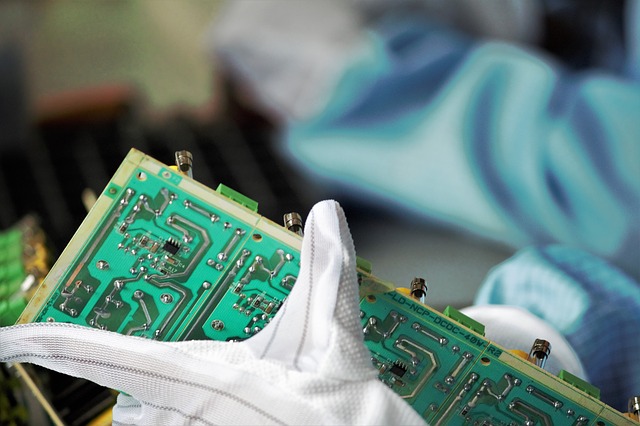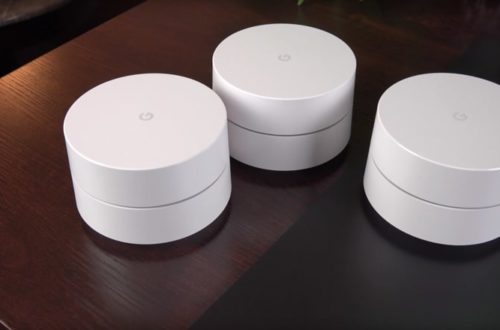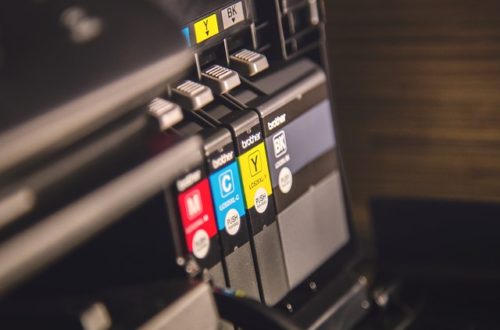How To Perfect Your PCB Prototyping

Developing and manufacturing prototypes of your printed control boards is an essential step in supporting a new or upgraded product launch. It is important to test your circuit boards before you begin full production to ensure they perform at the standards required. Quality assemblies should be manufactured in compliance with IPC acceptance standards.
There are two ways to produce printed circuit board (PCB) prototypes. One uses hand-built assembly techniques. The other employs a surface mount technology (SMT) production line.
Many product designers and manufacturers choose a higher-volume production method because it more closely simulates the final manufacturing process. Using an SMT production line has many advantages.
SMT manufacturing can typically accommodate smaller components, and do so at a much higher density. Components can be placed on both sides of the board and are less likely to be disturbed by vibration. And you can produce many prototypes quickly and efficiently. These boards can house multiple layers and offer a higher level of complexity. From a testing standpoint, having more prototypes gives you a better understanding of any issues that may occur before final production.
Hand-built boards are useful when time or resources are limited. When hand-built prototypes are deployed and tested, they may not be as robust and therefore may not display some of the problems that can occur once in full production mode. They tend to be less complex designs and may not withstand the rigors of testing. Manual production, however, can be done quickly, and variations can be produced to test different configurations and functionality.
Would you like to receive similar articles by email?





